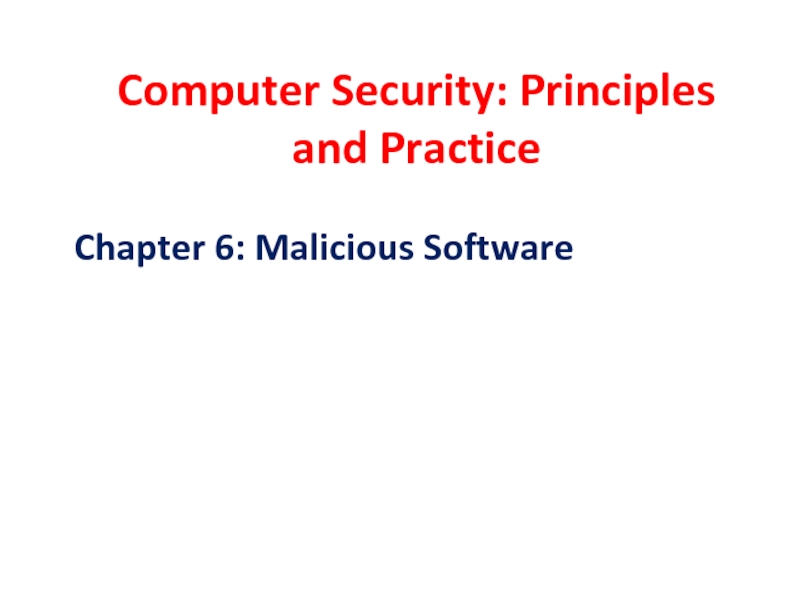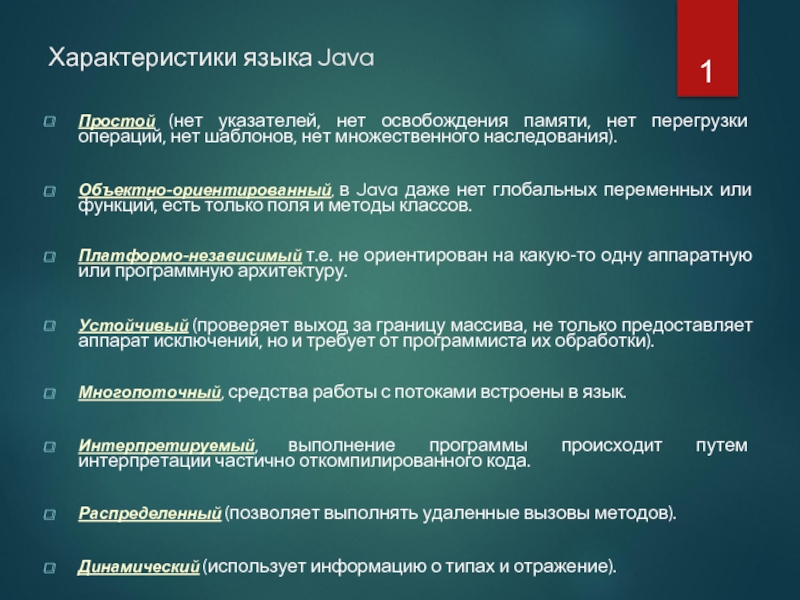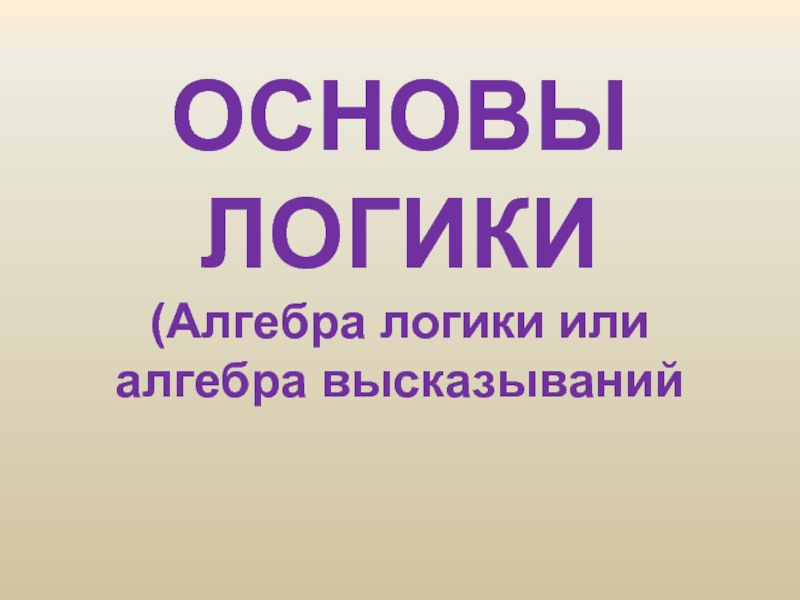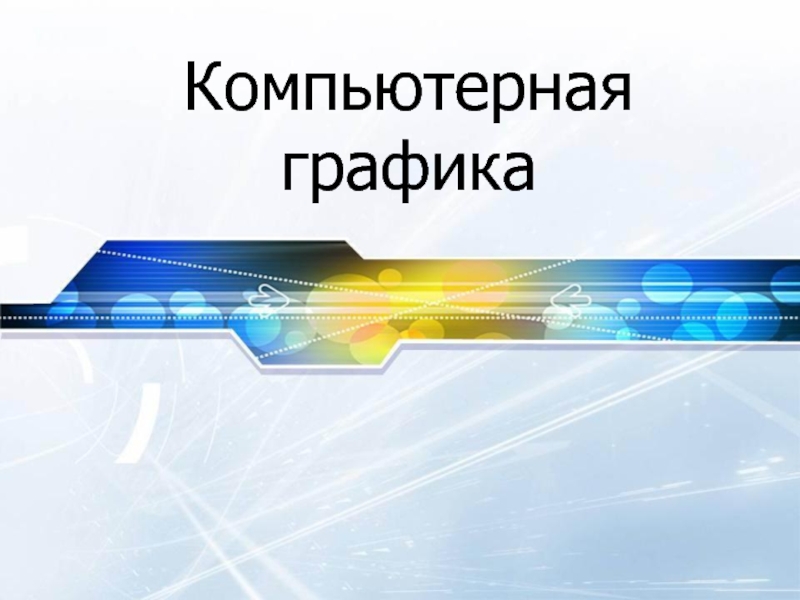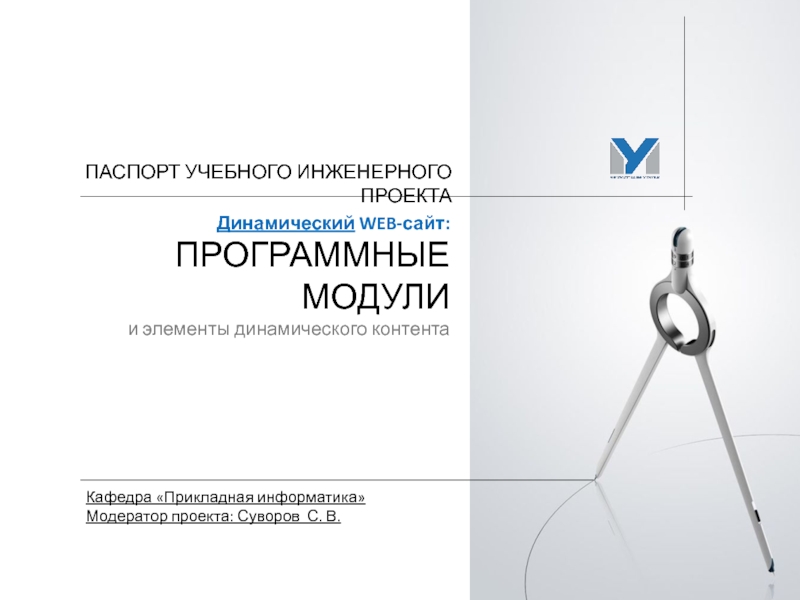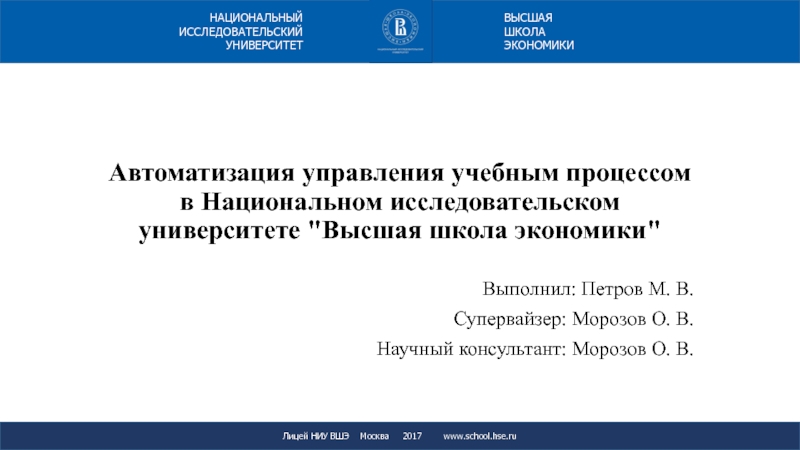Malicious Software
- Главная
- Разное
- Дизайн
- Бизнес и предпринимательство
- Аналитика
- Образование
- Развлечения
- Красота и здоровье
- Финансы
- Государство
- Путешествия
- Спорт
- Недвижимость
- Армия
- Графика
- Культурология
- Еда и кулинария
- Лингвистика
- Английский язык
- Астрономия
- Алгебра
- Биология
- География
- Детские презентации
- Информатика
- История
- Литература
- Маркетинг
- Математика
- Медицина
- Менеджмент
- Музыка
- МХК
- Немецкий язык
- ОБЖ
- Обществознание
- Окружающий мир
- Педагогика
- Русский язык
- Технология
- Физика
- Философия
- Химия
- Шаблоны, картинки для презентаций
- Экология
- Экономика
- Юриспруденция
Malicious Software. Chapter 6. Computer Security: Principles and Practice презентация
Содержание
- 1. Malicious Software. Chapter 6. Computer Security: Principles and Practice
- 2. Malware “A program that is inserted into
- 3. Malicious software Programs exploiting system vulnerabilities Known
- 4. Malware Terminology Payload: actions of the
- 5. Viruses Piece of software that infects programs
- 6. Virus structure Components: infection mechanism: enables replication
- 7. Virus structure
- 8. A virus such as the one
- 9. Compression virus P1 is infected
- 10. Virus classification By target boot sector: infect
- 11. Macro and scripting viruses Became very common
- 12. E-Mail Viruses More recent development Melissa exploits
- 13. Virus countermeasures Prevention: ideal solution but difficult
- 14. Anti-virus evolution Virus & antivirus tech have
- 15. Generic decryption (GD) Runs executable files through
- 16. Digital immune system A monitoring pgm infers
- 17. Behavior-blocking software Integrates with the OS; looks
- 18. Worms Replicating program that propagates over net
- 19. Worm Propagation Model (based on recent
- 20. Morris worm One of best known worms
- 21. More recent worm attacks Melissa 1998:
- 22. State of worm technology Multiplatform: not limited
- 23. Worm countermeasures Overlaps with anti-virus techniques Once
- 24. Proactive worm containment (PWC) PWC agent monitors
- 25. Mobile code Scripts, macros or other portable
- 26. Client-side vulnerabilities Drive-by-downloads: common in recent attacks
- 27. Social engineering, spam, email, Trojans “Tricking” users
- 28. Payload What actions a malware will take
- 29. Payload attack agents: bots (zombie/drone) Program taking
- 30. Uses of bots DDoS Spamming Sniffing traffic
- 31. Payload: information theft Credential theft, key loggers,
- 32. A backdoor is a secret entry point
- 33. Payload: backdoor and rootkits A rootkit
- 34. Rootkit System Table Mods A Unix Example
- 35. Countermeasures for Malware Prevention: Ensure all systems
- 36. Countermeasures for Malware If prevention fails, use
- 37. Summary introduced types of malicous software incl
Слайд 1Computer Security: Principles and Practice
EECS710: Information Security
Professor Hossein Saiedian
Fall 2014
Chapter 6:
Слайд 2Malware
“A program that is inserted into a system, usually covertly, with
the intent of compromising the confidentiality, integrity, or availability of the victim’s data, applications, or operating system or otherwise annoying or disrupting the victim.”
Слайд 3Malicious software
Programs exploiting system vulnerabilities
Known as malicious software or malware
program fragments
that need a host program
e.g. viruses, logic bombs, and backdoors
independent self-contained programs
e.g. worms, bots
replicating or not
Sophisticated threat to computer systems
e.g. viruses, logic bombs, and backdoors
independent self-contained programs
e.g. worms, bots
replicating or not
Sophisticated threat to computer systems
Слайд 4Malware Terminology
Payload: actions of the malware
Virus: attaches itself to a program
Worm:
propagates copies of itself to other computers
Logic bomb: “explodes” when a condition occurs
Trojan horse: fakes/contains additional functionality
Backdoor (trapdoor): allows unauthorized access to functionality
Mobile code: moves unchanged to heterogeneous platforms
Auto-rooter Kit (virus generator): malicious code (virus) generators
Spammer and flooder programs: large volume of unwanted “pkts”
Keyloggers: capture keystrokes
Rootkit: sophisticated hacker tools to gain root-level access
Zombie: software on infected computers that launch attack on others (aka bot)
Crimeware: kits for building malware; include propagation and payload mechanisms (Zeus, Sakura, Blackhole, Phoenix)
Logic bomb: “explodes” when a condition occurs
Trojan horse: fakes/contains additional functionality
Backdoor (trapdoor): allows unauthorized access to functionality
Mobile code: moves unchanged to heterogeneous platforms
Auto-rooter Kit (virus generator): malicious code (virus) generators
Spammer and flooder programs: large volume of unwanted “pkts”
Keyloggers: capture keystrokes
Rootkit: sophisticated hacker tools to gain root-level access
Zombie: software on infected computers that launch attack on others (aka bot)
Crimeware: kits for building malware; include propagation and payload mechanisms (Zeus, Sakura, Blackhole, Phoenix)
Слайд 5Viruses
Piece of software that infects programs
modifying them to include a copy
of the virus
so it executes secretly when host program is run
Specific to operating system and hardware
taking advantage of their details and weaknesses
A typical virus goes through phases of:
dormant: idle
propagation: copies itself to other program
triggering: activated to perform functions
execution: the function is performed
so it executes secretly when host program is run
Specific to operating system and hardware
taking advantage of their details and weaknesses
A typical virus goes through phases of:
dormant: idle
propagation: copies itself to other program
triggering: activated to perform functions
execution: the function is performed
Слайд 6Virus structure
Components:
infection mechanism: enables replication
trigger: event that makes payload activate
payload: what
it does, malicious or benign
Prepended/postpended/embedded
When infected program invoked, executes virus code then original program code
Can block initial infection (difficult) or propagation (with access controls)
Prepended/postpended/embedded
When infected program invoked, executes virus code then original program code
Can block initial infection (difficult) or propagation (with access controls)
Слайд 8
A virus such as the one just described is easily detected
because an infected version of a program is longer than the corresponding uninfected one.
A way to thwart such a simple means of detecting a virus is to compress the executable file so that both the infected and uninfected versions are of identical length.
A way to thwart such a simple means of detecting a virus is to compress the executable file so that both the infected and uninfected versions are of identical length.
Слайд 10Virus classification
By target
boot sector: infect a master boot record
file infector: infects
executable OS files
macro virus: infects files to be used by an app
multipartite: infects multiple ways
By concealment
encrypted virus: encrypted; key stored in virus
stealth virus: hides itself (e.g., compression)
polymorphic virus: recreates with diff “signature”
metamorphic virus: recreates with diff signature and behavior
macro virus: infects files to be used by an app
multipartite: infects multiple ways
By concealment
encrypted virus: encrypted; key stored in virus
stealth virus: hides itself (e.g., compression)
polymorphic virus: recreates with diff “signature”
metamorphic virus: recreates with diff signature and behavior
Слайд 11Macro and scripting viruses
Became very common in mid-1990s since
platform independent
infect documents
easily
spread
Exploit macro capability of Office apps
executable program embedded in office doc
often a form of Basic
More recent releases include protection
Recognized by many anti-virus programs
Exploit macro capability of Office apps
executable program embedded in office doc
often a form of Basic
More recent releases include protection
Recognized by many anti-virus programs
Слайд 12E-Mail Viruses
More recent development
Melissa
exploits MS Word macro in attached doc
if attachment
opened, macro activates
sends email to all on users address list and does local damage
sends email to all on users address list and does local damage
Слайд 13Virus countermeasures
Prevention: ideal solution but difficult
Realistically need:
detection: determine what occurred
identification: identify
the specific virus
removal: remove all traces
If detected but can’t identify or remove, must discard and replace infected program
removal: remove all traces
If detected but can’t identify or remove, must discard and replace infected program
Слайд 14Anti-virus evolution
Virus & antivirus tech have both evolved
Early viruses simple code,
easily removed
As viruses become more complex, so did the countermeasures
Generations
first - signature scanners (bit patterns all the same)
second – heuristics (integrity checks; checksums)
third - identify actions (find by actions they do)
fourth - combination packages
As viruses become more complex, so did the countermeasures
Generations
first - signature scanners (bit patterns all the same)
second – heuristics (integrity checks; checksums)
third - identify actions (find by actions they do)
fourth - combination packages
Слайд 15Generic decryption (GD)
Runs executable files through GD scanner:
CPU emulator to interpret
instructions
virus scanner to check known virus signatures
emulation control module to manage process
Lets virus decrypt itself in interpreter
Periodically scan for virus signatures
Let virus do the work for an antivirus program by exposing it in a controlled environment
virus scanner to check known virus signatures
emulation control module to manage process
Lets virus decrypt itself in interpreter
Periodically scan for virus signatures
Let virus do the work for an antivirus program by exposing it in a controlled environment
Слайд 16Digital immune system
A monitoring pgm infers a virus, sends a copy
to an adm machine
Adm encrypts, sends to a central analysis machine
Central analysis: Safe exec of virus, analyze, give a prescription
Prescription sent back to the adm machines
Adm machine forwards to all clients
Prescription forwarded to other organizations
Subscribers worldwide receive regular updates IBM/Symantec Project
Adm encrypts, sends to a central analysis machine
Central analysis: Safe exec of virus, analyze, give a prescription
Prescription sent back to the adm machines
Adm machine forwards to all clients
Prescription forwarded to other organizations
Subscribers worldwide receive regular updates IBM/Symantec Project
Слайд 17Behavior-blocking software
Integrates with the OS; looks for bad behavior
Monitored behaviors:
Attempts to
open, view, delete, modify files
Attempts to format drives
Modifications to the logic of executables
Modifications to critical system settings
Scripting of emails to send exec contents
Attempts to format drives
Modifications to the logic of executables
Modifications to critical system settings
Scripting of emails to send exec contents
Слайд 18Worms
Replicating program that propagates over net
using email, remote exec, remote login
Has phases like a virus:
dormant, propagation, triggering, execution
propagation phase: searches for other systems, connects to it, copies self to it and runs
May disguise itself as a system process
Concept seen in Brunner’s novel “Shockwave Rider”
Implemented by Xerox Palo Alto labs in 1980’s, but to search idle systems to run a computationally intensive task.
Слайд 19Worm Propagation Model
(based on recent attacks)
exponential rate of infection
linear rate
of infection
Слайд 20Morris worm
One of best known worms
Released by Robert Morris in 1988
Affected
6,000 computers; cost $10-$100 M
Various attacks on UNIX systems
cracking password file to use login/password to logon to other systems
exploiting a bug in the finger protocol
exploiting a bug in sendmail
If succeed to have remote shell access
sent bootstrap program to copy worm over
Various attacks on UNIX systems
cracking password file to use login/password to logon to other systems
exploiting a bug in the finger protocol
exploiting a bug in sendmail
If succeed to have remote shell access
sent bootstrap program to copy worm over
Слайд 21More recent worm attacks
Melissa
1998: exploiting Microsoft Word macro embedded in
an attachment.
1999: could be activated merely by opening an e-mail that contains the virus, rather than by opening an attachment.
100.000 computers in 3 days
Code Red
July 2001 exploiting MS Internet Information Server (IIS) bug
probes random IP address, does DDoS attack
consumes significant net capacity when active
360,000 servers in 14 hours
Code Red II variant includes backdoor: hacker controls the worm
SQL Slammer (exploited buffer-overflow vulnerability)
early 2003, attacks MS SQL Server
compact and very rapid spread
Mydoom (100 M infected email messages in 36 hours)
mass-mailing e-mail worm that appeared in 2004
installed remote access backdoor in infected systems
1999: could be activated merely by opening an e-mail that contains the virus, rather than by opening an attachment.
100.000 computers in 3 days
Code Red
July 2001 exploiting MS Internet Information Server (IIS) bug
probes random IP address, does DDoS attack
consumes significant net capacity when active
360,000 servers in 14 hours
Code Red II variant includes backdoor: hacker controls the worm
SQL Slammer (exploited buffer-overflow vulnerability)
early 2003, attacks MS SQL Server
compact and very rapid spread
Mydoom (100 M infected email messages in 36 hours)
mass-mailing e-mail worm that appeared in 2004
installed remote access backdoor in infected systems
Слайд 22State of worm technology
Multiplatform: not limited to Windows
Multi-exploit: Web servers, emails,
file sharing …
Ultrafast spreading: do a scan to find vulnerable hosts
Polymorphic: each copy has a new code
Metamorphic: change appearance/behavior
Transport vehicles (e.g., for DDoS)
Zero-day exploit of unknown vulnerability (to achieve max surprise/distribution)
Ultrafast spreading: do a scan to find vulnerable hosts
Polymorphic: each copy has a new code
Metamorphic: change appearance/behavior
Transport vehicles (e.g., for DDoS)
Zero-day exploit of unknown vulnerability (to achieve max surprise/distribution)
Слайд 23Worm countermeasures
Overlaps with anti-virus techniques
Once worm on system A/V can detect
Worms
also cause significant net activity
Worm defense approaches include:
signature-based worm scan filtering: define signatures
filter-based worm containment (focus on contents)
payload-classification-based worm containment (examine packets for anomalies)
threshold random walk scan detection (limit the rate of scan-like traffic)
rate limiting and rate halting (limit outgoing traffic when a threshold is met)
Worm defense approaches include:
signature-based worm scan filtering: define signatures
filter-based worm containment (focus on contents)
payload-classification-based worm containment (examine packets for anomalies)
threshold random walk scan detection (limit the rate of scan-like traffic)
rate limiting and rate halting (limit outgoing traffic when a threshold is met)
Слайд 24Proactive worm containment (PWC)
PWC agent monitors
outgoing traffic for
increased activity
2. When
an agent notices
high traffic, it informs
the PWC manager; mgr
propagates to other
hosts
3. Hosts receive alert
and decide if to ignore
(based on time of last
incoming pkt)
4. Relaxation period
(based on threshold)
high traffic, it informs
the PWC manager; mgr
propagates to other
hosts
3. Hosts receive alert
and decide if to ignore
(based on time of last
incoming pkt)
4. Relaxation period
(based on threshold)
Слайд 25Mobile code
Scripts, macros or other portable instructions
Popular ones: JavaScript, ActiveX, VBScript
Heterogeneous
platforms
From a remote system to a local system
Can act as an agent for viruses, worms, and Trojan horses
Mobile phone worms: communicate through the Bluetooth connections (e.g., CommWarrior on Symbian but attempts also on Android and iPhone)
From a remote system to a local system
Can act as an agent for viruses, worms, and Trojan horses
Mobile phone worms: communicate through the Bluetooth connections (e.g., CommWarrior on Symbian but attempts also on Android and iPhone)
Слайд 26Client-side vulnerabilities
Drive-by-downloads: common in recent attacks
Exploits browser vulnerabilities (when a user
visits a website controlled by the attacker or a compromised website)
Clickjacking
Clickjacking
Слайд 27Social engineering, spam, email, Trojans
“Tricking” users to assist in the compromise
of their own systems or personal information.
Spam e-mail may account for 90% or more of all e-mail sent. Spam is:
Advertising
Attached documents with malware
Attached Trojan horse program
Phishing attack
Trojan horse: looks like a useful tool but contains hidden code
Spam e-mail may account for 90% or more of all e-mail sent. Spam is:
Advertising
Attached documents with malware
Attached Trojan horse program
Phishing attack
Trojan horse: looks like a useful tool but contains hidden code
Слайд 28Payload
What actions a malware will take on the system?
Data destruction, theft
Data
encryption (ransomware)
Real-world damage
Stuxnet: caused physical damage also (targeted to Siemens industrial control software)
Logic bomb
Real-world damage
Stuxnet: caused physical damage also (targeted to Siemens industrial control software)
Logic bomb
Слайд 29Payload attack agents: bots (zombie/drone)
Program taking over other computers and launch
attacks
hard to trace attacks
If coordinated form a botnet
Characteristics:
remote control facility (distinguishing factor from worm)
via IRC/HTTP etc
spreading mechanism
attack software, vulnerability, scanning strategy
Various counter-measures applicable (IDS, honeypots, …)
hard to trace attacks
If coordinated form a botnet
Characteristics:
remote control facility (distinguishing factor from worm)
via IRC/HTTP etc
spreading mechanism
attack software, vulnerability, scanning strategy
Various counter-measures applicable (IDS, honeypots, …)
Слайд 30Uses of bots
DDoS
Spamming
Sniffing traffic
Keylogging
Spreading malware
Installing advertisement
Manipulating games and polls
Слайд 31Payload: information theft
Credential theft, key loggers, spyware
Phishing identify theft
Spear phishing (act
as a trusted source for a specific target: e-mail is carefully crafted to suit its recipient specifically)
Слайд 32A backdoor is a secret entry point into a program to
gain access without going through the usual security access procedures.
Usually implemented as a network service listening on some non-standard port.
Security measures must focus on the program development and software update activities, and on programs that wish to offer a network service.
Usually implemented as a network service listening on some non-standard port.
Security measures must focus on the program development and software update activities, and on programs that wish to offer a network service.
Payload: backdoor and rootkits
Слайд 33Payload: backdoor and rootkits
A rootkit is a set of programs
installed for admin access
It determines a malicious and stealthy changes to host O/S
May hide its existence
subverting report mechanisms on processes, files, registry entries etc
May be persistent (survives reboot) or memory-based
Do not rely on vulnerabilities
installed via Trojan
installed via hackers
It determines a malicious and stealthy changes to host O/S
May hide its existence
subverting report mechanisms on processes, files, registry entries etc
May be persistent (survives reboot) or memory-based
Do not rely on vulnerabilities
installed via Trojan
installed via hackers
Слайд 34Rootkit System Table Mods
A Unix Example
User API calls refer to a
number; the system
maintains a system call table with one entry per number;
each number is used to index to a corresponding system routine
maintains a system call table with one entry per number;
each number is used to index to a corresponding system routine
rootkit modifies the table and the calls go to the hackers
replacements
Слайд 35Countermeasures for Malware
Prevention:
Ensure all systems are as current as possible, with
all patches applied
Set appropriate access controls on the applications and data stored on the system, to reduce the number of files that any user can access
Use appropriate user awareness and training
Set appropriate access controls on the applications and data stored on the system, to reduce the number of files that any user can access
Use appropriate user awareness and training
Слайд 36Countermeasures for Malware
If prevention fails, use technical mechanisms to support the
following threat mitigation options:
Detection, identification, removal
Requirements
Generality
Timeliness
Resiliency
Minimal DoS costs
Transparency
Global/local coverage (inside and outside attackers)
Detection, identification, removal
Requirements
Generality
Timeliness
Resiliency
Minimal DoS costs
Transparency
Global/local coverage (inside and outside attackers)
Слайд 37Summary
introduced types of malicous software
incl backdoor, logic bomb, trojan horse, mobile
virus
types and countermeasures
worm types and countermeasures
bots
rootkits
worm types and countermeasures
bots
rootkits
